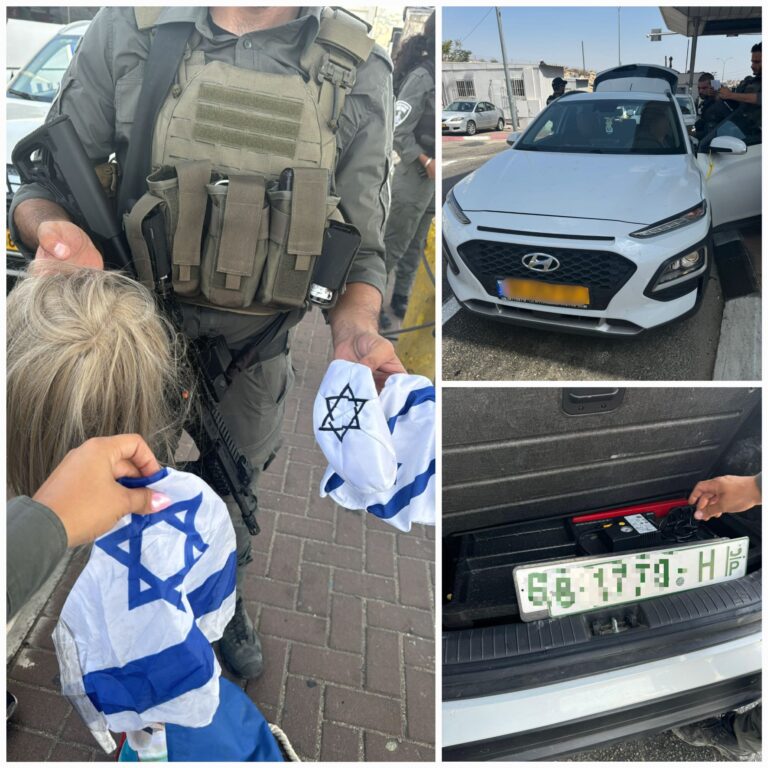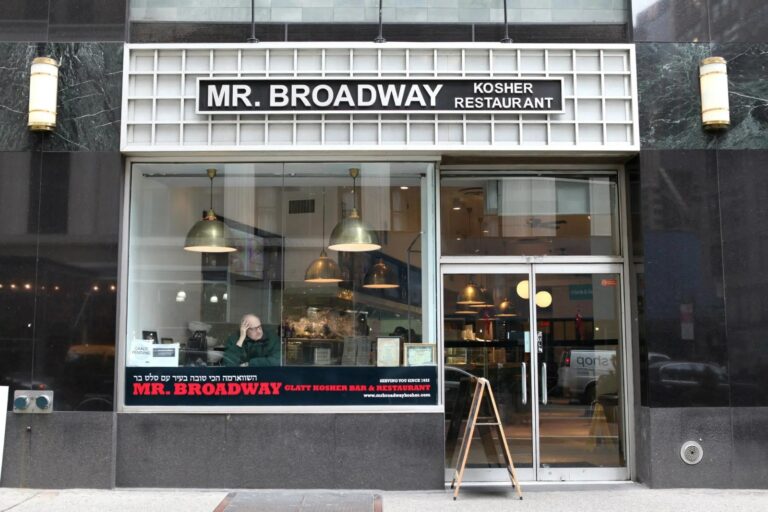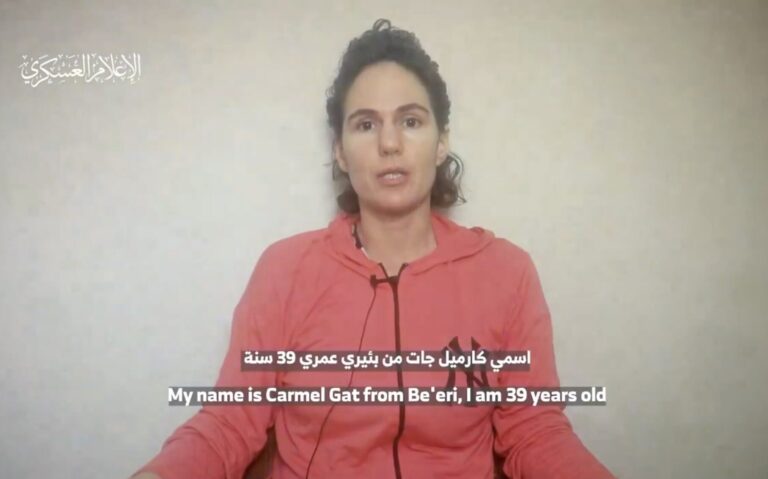
Texas Massacre Is Seized On By Both Sides In Gun Debate
Gun-rights supporters have seized on the Texas church massacre as proof of the well-worn saying that the best answer to a bad guy with a gun is a good guy with a gun. Gun-control advocates, meanwhile, say the tragedy shows once more that it is too easy to get a weapon in the U.S. To no one’s surprise, many Americans on opposite sides of the gun debate are using the latest mass shooting to reaffirm their opinions about firearms, drawing very different lessons from the rampage that left 26 people dead. The bloodbath is proving to have elements both sides of the gun debate can use: Dozens were killed, from babies to the elderly. The slaughter took place in a house of worship. The killer had a history of domestic violence that legally should have prevented him from buying his guns. And a National Rifle Association member pulled out his own rifle and wounded the killer, helping to end the danger. “Both sides are following the respective scripts that we have seen many times before,” said Robert Spitzer, chairman of political science at the State University of New York at Cortland and an expert on firearms and Second Amendment issues. On Sunday, Devin Patrick Kelley, 26, traveled to a Baptist church in Sutherland Springs and opened fire with a Ruger AR rifle with a 30-round magazine, going from aisle to aisle as he shot parishioners. He killed himself after being shot and chased down by a church neighbor. Kelley was able to buy the rifle and three other weapons even though the former Air Force man was convicted at a court-martial of choking his wife and cracking her son’s skull and was given a bad-conduct discharge in 2014. It turned out the Air Force did not submit his criminal history to the FBI database that is used to conduct background checks for gun shops. President Donald Trump, a longtime supporter of the gun lobby and the first president since Ronald Reagan to address the NRA, said the attack was the work of a mentally ill man. He said that rather than use the shooting as justification to restrict access to firearms, it should be seen as a shining example of the benefits of gun ownership. If the neighbor who confronted the gunman hadn’t had a rifle, Trump said, “instead of having 26 dead, you would have had hundreds more dead.” That thought resonated with gun owners around the country. “There’s an old saying: ‘The best answer for a bad guy with a gun is a good guy with a gun,’” said Tiffany Teasdale-Caufer, owner of Lynnwood Gun and Ammunition in Lynnwood, Washington. Former Special Forces Col. Jim Patterson in San Antonio said “an armed society is a polite society.” “I get the emotional argument — let’s ban all guns — but you’re imposing a law on people who disobey the law to begin with,” he said. “We are free men and women and we control our destiny. When seconds count, the police are minutes away. What do you do in those minutes? Do you hide under a table or do you retain your right to protect yourself?” But Stephanie Ervin of Civic Ventures, an advocacy group in Seattle, said having more guns in public settings such as stadiums is “a





